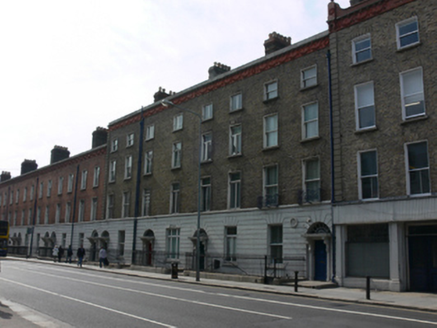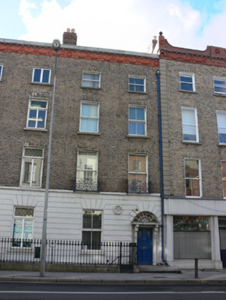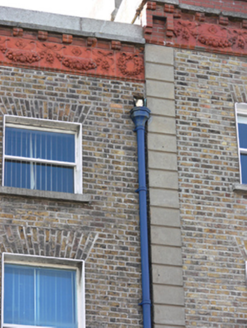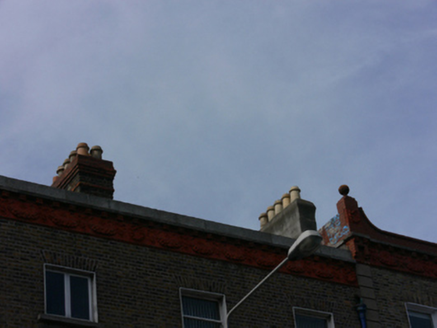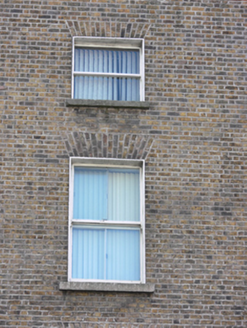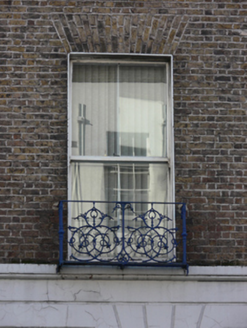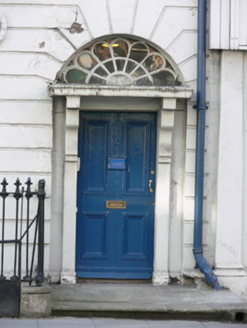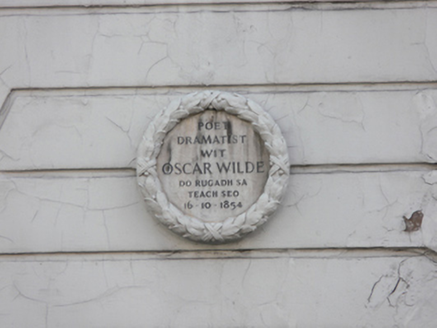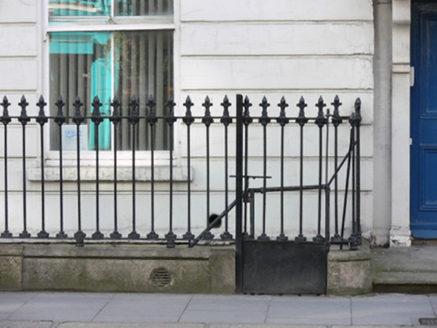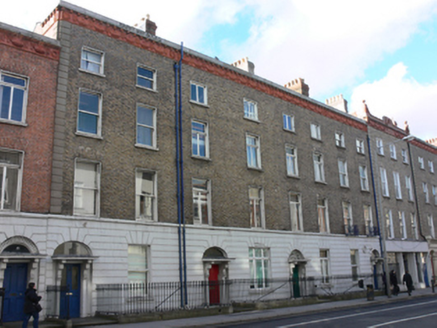Survey Data
Reg No
50020437
Rating
Regional
Categories of Special Interest
Architectural, Artistic, Historical, Social
Original Use
House
In Use As
Building misc
Date
1820 - 1840
Coordinates
316582, 233907
Date Recorded
11/03/2015
Date Updated
--/--/--
Description
Terraced two-bay four-storey over basement former house, built c.1830, now in use as part of college. M-profile pitched slate roof, hipped to north to front, concealed behind parapet with ashlar granite coping, granite cornice on moulded red brick corbels, moulded terracotta frieze having swag-and-wreath detail. Red brick chimneystacks with clay pots and cast-iron rainwater goods. Yellow brick, laid in Flemish bond, to walls, channelled render to ground floor and masonry plinth course over smooth rendered wall to basement. Inscribed marble plaque having moulded laurel wreath surround. Square-headed window openings with one-over-one pane timber sliding sash windows, raised render reveals and granite sills, moulded continuous sill course and decorative cast-iron railings to first floor window openings. Segmental-headed door opening having masonry doorcase comprising pilasters with moulded console brackets to entablature, petal fanlight over timber panelled door. Nosed granite step, masonry steps approaching basement, having cast-iron railings, with matching gate, on carved granite plinth wall, enclosing basement well. Street fronted to west side of Westland Row.
Appraisal
Like its neighbouring buildings to the south, with which a parapet height, form and detailing are shared, a subtle sense of hierarchy is evident through the decreasing scale of fenestration to the upper facade. The doorcase retains an elegant fanlight, while the well-executed later terracotta frieze lends textural and tonal variation. The poet, playwright and author Oscar Wilde, was born here in 1854. By the 1860s the house was occupied by William Doherty, a surgeon and dentist. There was a concentration of health care professionals in this part of Dublin in the nineteenth century, possibly due to the nearby hospitals and Turkish baths. Westland Row was opened in 1773, and widened in 1792. It retains a number of late Georgian and early Victorian houses, creating an interesting and varied historic streetscape.
